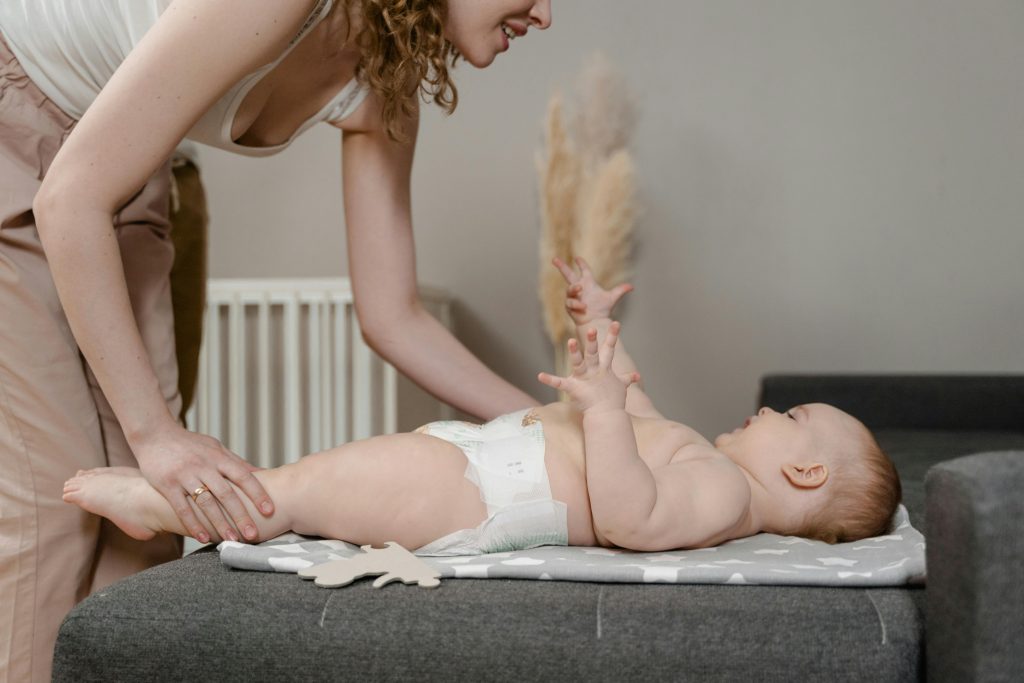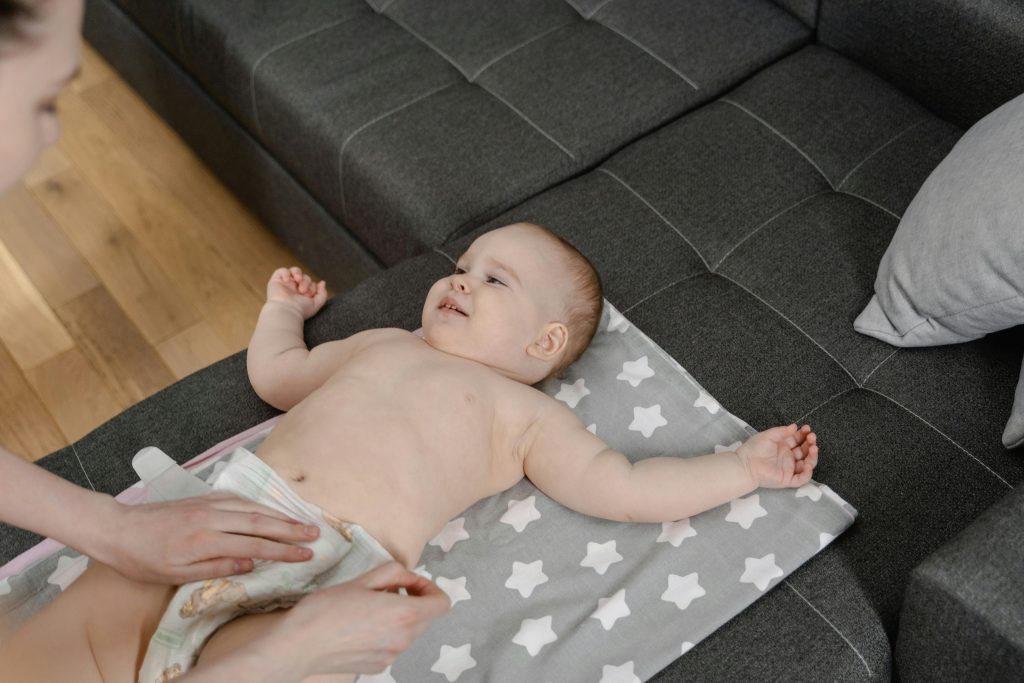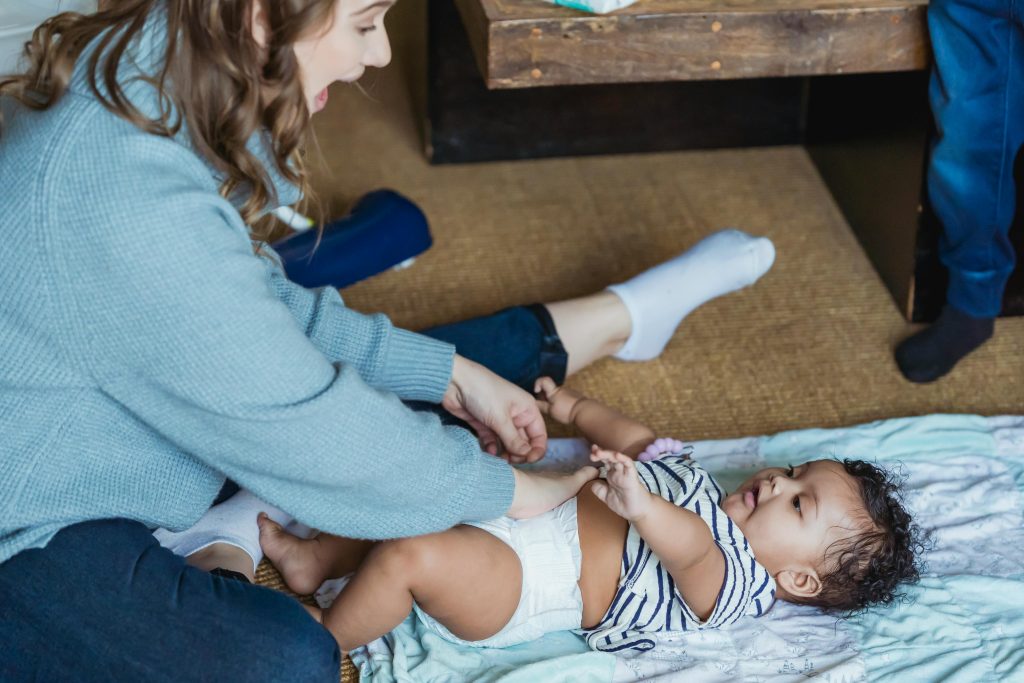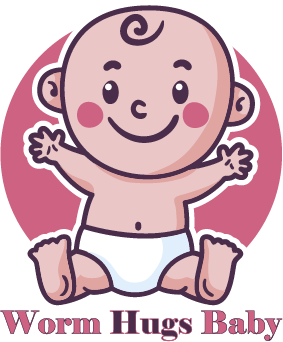
🚼 Diaper Duty: It’s a Messy Business!
Are you a new parent feeling overwhelmed by the mountain of diapers in your future? Or maybe you’re a seasoned pro looking to up your diapering game? Either way, you’re in the right place! Diapering is an essential part of baby care, but let’s face it – it can be a stinky situation if you’re not prepared.
From choosing the right diaper to mastering the art of the quick change, there’s a lot to learn. But don’t worry, we’ve got you covered! In this comprehensive guide, we’ll walk you through everything you need to know about diapering. From eco-friendly options to dealing with diaper rash, and even preparing for the potty training transition, we’ll help you become a diaper duty pro. So, let’s dive in and get the scoop on all things diaper-related! 💩👶
Choosing the Right Diaper
A. Understanding diaper sizes
Diaper sizes are crucial for ensuring comfort and preventing leaks. Most brands offer sizes ranging from newborn to size 6, with each size corresponding to a specific weight range. Here’s a general guide:
| Size | Weight Range |
|---|---|
| Newborn | Up to 10 lbs |
| Size 1 | 8-14 lbs |
| Size 2 | 12-18 lbs |
| Size 3 | 16-28 lbs |
| Size 4 | 22-37 lbs |
| Size 5 | Over 27 lbs |
| Size 6 | Over 35 lbs |
Remember, these ranges may vary slightly between brands. Always check the packaging for specific guidelines.
B. Disposable vs. cloth diapers
When choosing between disposable and cloth diapers, consider the following factors:
- Convenience
- Environmental impact
- Cost
- Skin sensitivity
Disposable diapers are more convenient but generate more waste. Cloth diapers are eco-friendly and cost-effective in the long run but require more effort in terms of washing and maintenance.
C. Special features to consider
Modern diapers come with various features to enhance comfort and functionality:
- Wetness indicators
- Elastic waistbands
- Hypoallergenic materials
- Absorbency levels
- Leak guards
Choose features that best suit your baby’s needs and your lifestyle.
D. Budget-friendly options
To save money on diapers without compromising quality:
- Buy in bulk
- Use subscription services
- Look for sales and coupons
- Consider store brands
- Use cloth diapers part-time
Now that you understand how to choose the right diaper, let’s move on to the essential supplies you’ll need for effective diapering.

Essential Diapering Supplies
A. Diapers and wipes
When it comes to essential diapering supplies, diapers and wipes are at the top of the list. Choosing the right diapers and wipes can make a significant difference in your baby’s comfort and your overall diapering experience.
Types of Diapers:
- Disposable diapers
- Cloth diapers
- All-in-one diapers
- Hybrid diapers
Wipe Options:
- Disposable wipes
- Reusable cloth wipes
- Water wipes
| Diaper Type | Pros | Cons |
|---|---|---|
| Disposable | Convenient, widely available | Environmental impact, ongoing cost |
| Cloth | Eco-friendly, cost-effective long-term | Requires washing, initial investment |
| All-in-one | Easy to use, similar to disposables | More expensive, longer drying time |
| Hybrid | Combines benefits of cloth and disposable | Can be confusing for some parents |
B. Diaper rash cream
Diaper rash cream is essential for preventing and treating skin irritation. Look for creams containing zinc oxide or petroleum jelly for effective protection. Apply a thin layer during each diaper change to create a barrier between your baby’s skin and potential irritants.
C. Changing pad and cover
A changing pad provides a safe, comfortable surface for diaper changes. Choose a pad with raised sides for added security. Washable covers are practical for easy cleaning and hygiene maintenance.
D. Diaper pail and liners
A diaper pail helps contain odors and makes disposal more convenient. Opt for a model with a tight-sealing lid and consider using scented liners for added freshness.
E. Diaper bag essentials
Now that we’ve covered the basics, let’s look at what to pack in your diaper bag:
- Diapers (1 for every 2 hours out)
- Travel-sized wipes
- Portable changing pad
- Small tube of diaper cream
- Plastic bags for soiled items
- Change of clothes for baby
Mastering the Diaper Change
Step-by-step guide for newborns
Changing a newborn’s diaper can be daunting for new parents. Follow these steps for a smooth diaper change:
- Gather supplies
- Wash your hands
- Place baby on changing surface
- Unfasten dirty diaper
- Clean baby thoroughly
- Apply diaper cream if needed
- Put on clean diaper
- Dress baby
- Dispose of dirty diaper
- Wash hands again
| Diaper Type | Pros | Cons |
|---|---|---|
| Disposable | Convenient, absorbent | Environmental impact |
| Cloth | Eco-friendly, cost-effective | Requires washing |
Tips for wiggly toddlers
As babies grow, diaper changes can become challenging. Try these strategies:
- Use distraction techniques (toys, songs)
- Make it a game
- Give them a task (holding wipes)
- Use pull-ups for easier changes
Dealing with diaper blowouts
Blowouts happen, but these tips can help:
- Size up the diaper
- Check for proper fit
- Change frequently
- Use diaper extenders
Nighttime diapering techniques
For uninterrupted sleep:
- Use overnight diapers
- Apply diaper cream preventatively
- Consider double diapering
- Use a larger size for nighttime
Now that you’ve mastered diaper changes, let’s explore how to prevent and treat diaper rash, ensuring your baby’s comfort and health.
Preventing and Treating Diaper Rash
Common causes of diaper rash
Diaper rash can be caused by various factors, including:
- Prolonged exposure to wet or soiled diapers
- Friction between the diaper and baby’s skin
- Bacterial or yeast infections
- Allergic reactions to diaper materials or products
- Introduction of new foods (in older babies)
Effective prevention strategies
To prevent diaper rash, consider these strategies:
- Change diapers frequently
- Clean the diaper area gently but thoroughly
- Allow the skin to air dry before putting on a new diaper
- Use a barrier cream or ointment
| Strategy | Description |
|---|---|
| Frequent changes | Change diapers every 2-3 hours or as soon as soiled |
| Gentle cleaning | Use warm water and soft cloth; avoid harsh wipes |
| Air drying | Let the skin breathe for a few minutes before re-diapering |
| Barrier protection | Apply a thin layer of zinc oxide or petroleum jelly |
Natural remedies for diaper rash
Try these natural remedies to soothe diaper rash:
- Coconut oil: Apply a thin layer for its antimicrobial properties
- Oatmeal baths: Soothe irritated skin with colloidal oatmeal
- Aloe vera: Use pure aloe gel for its healing properties
- Breast milk: Apply a few drops to the affected area
When to consult a pediatrician
While most cases of diaper rash can be treated at home, consult a pediatrician if:
- The rash persists for more than 3-4 days despite treatment
- The rash appears to be severe or painful
- You notice signs of infection (fever, blisters, pus)
- The rash spreads beyond the diaper area
Now that we’ve covered prevention and treatment of diaper rash, let’s explore eco-friendly diapering options for environmentally conscious parents.
Eco-Friendly Diapering Options
Cloth diapering basics
Cloth diapering has made a comeback in recent years as parents seek more eco-friendly options. Modern cloth diapers come in various styles, including:
- All-in-ones (AIO)
- Pocket diapers
- Prefolds with covers
- Fitted diapers
These options offer convenience and ease of use comparable to disposables. To get started with cloth diapering, you’ll need:
- 20-24 cloth diapers
- Diaper covers (if using prefolds or fitted diapers)
- Wet bag for storing dirty diapers
- Cloth-safe diaper cream
Biodegradable disposable diapers
For those who prefer the convenience of disposables but want to reduce their environmental impact, biodegradable diapers are an excellent alternative. These diapers are made from materials that break down more quickly in landfills, such as:
- Bamboo
- Wood pulp
- Corn-based plastics
| Brand | Material | Biodegradability |
|---|---|---|
| Eco by Naty | Wood pulp | 85% biodegradable |
| Bambo Nature | Bamboo | 75% biodegradable |
| Andy Pandy | Bamboo | 87% biodegradable |
Reducing diaper waste
Regardless of your diapering choice, there are several ways to minimize waste:
- Use cloth wipes instead of disposable ones
- Opt for reusable diaper pail liners
- Consider a diaper sprayer for easier cloth diaper cleaning
- Use biodegradable diaper bags for on-the-go changes
Cost comparison of eco-friendly options
While eco-friendly options may have a higher upfront cost, they can save money in the long run:
| Option | Initial Cost | Monthly Cost | Annual Cost |
|---|---|---|---|
| Cloth diapers | $300-$600 | $20 (utilities) | $240 |
| Biodegradable disposables | $0 | $80-$100 | $960-$1200 |
| Traditional disposables | $0 | $70-$80 | $840-$960 |
Now that we’ve explored eco-friendly diapering options, let’s move on to the final stage of diapering: potty training.
Potty Training Transition
Signs your child is ready
As your child grows, you’ll start noticing signs that indicate they’re ready for potty training. Look out for these key indicators:
- Staying dry for longer periods
- Showing interest in the bathroom or toilet
- Communicating when they need to go
- Pulling at or removing their diaper
- Hiding during bowel movements
Introducing training pants
Training pants are an essential step in the potty training journey. Here’s a comparison of different types:
| Type | Pros | Cons |
|---|---|---|
| Disposable | Convenient, absorbent | Less eco-friendly, expensive |
| Cloth | Reusable, cost-effective | Requires more laundry |
| Pull-ups | Easy for kids to use | May delay full transition |
Gradually reducing diaper use
To ease the transition from diapers to underwear:
- Start with short diaper-free periods at home
- Use training pants during outings
- Encourage regular potty breaks
- Slowly increase diaper-free time
- Be patient and consistent
Celebrating potty training success
Positive reinforcement is crucial for potty training success. Create a reward system that motivates your child, such as sticker charts or small treats. Remember to praise effort as well as successful potty trips. With patience and encouragement, your child will soon master this important milestone.

Diapering is an essential skill for new parents, and mastering it can make life with a baby much smoother. From choosing the right diaper and gathering essential supplies to perfecting your changing technique and preventing diaper rash, there’s a lot to consider. Remember that eco-friendly options are available for environmentally conscious parents, and it’s never too early to start thinking about the eventual transition to potty training.
As you embark on your diapering journey, stay patient and remember that practice makes perfect. Every baby is unique, so don’t hesitate to adjust your approach as needed. With the right knowledge and preparation, you’ll become a diapering pro in no time, ensuring your little one stays comfortable, clean, and happy throughout their early years.





